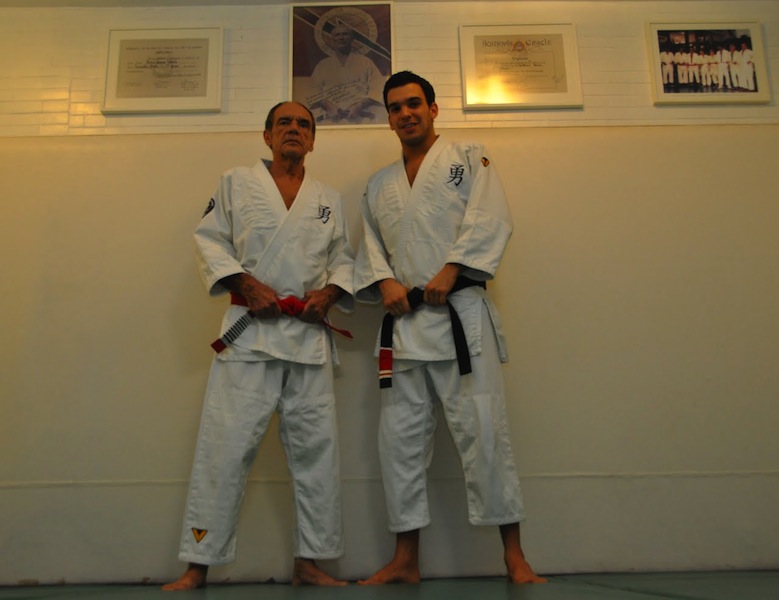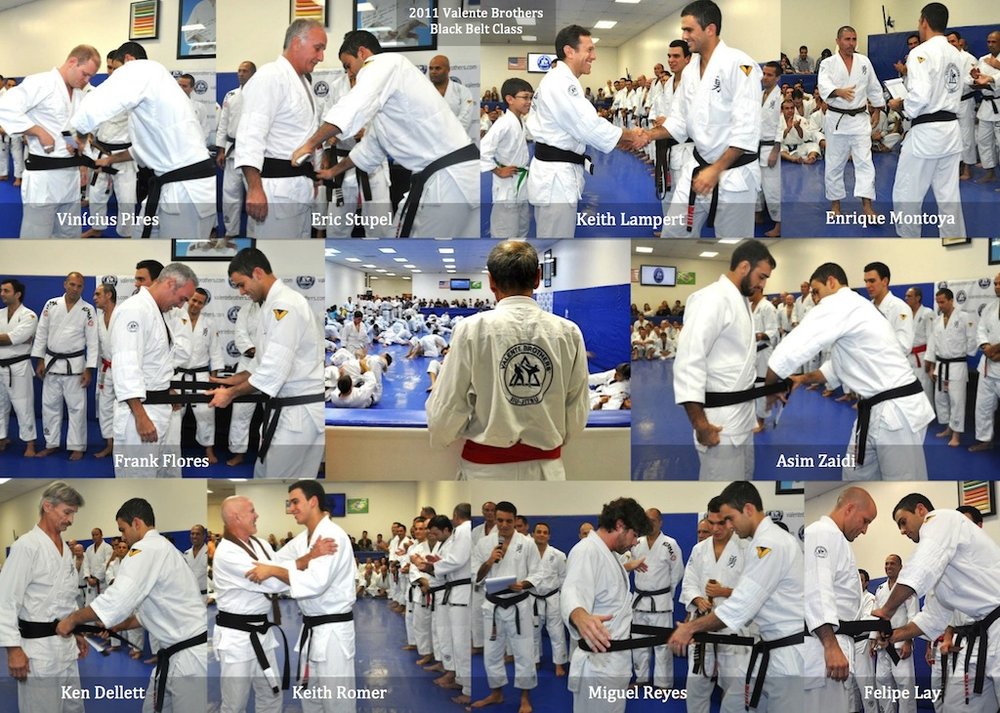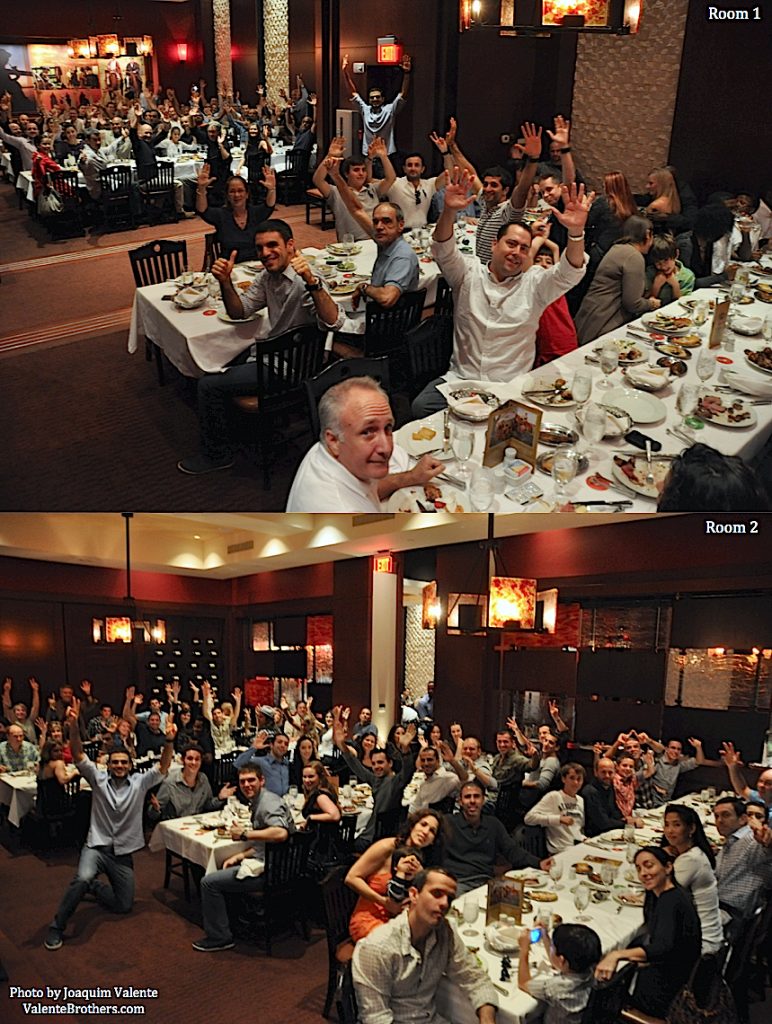
This Monday, Professor Gui Valente visited Valente Brothers Fort Lauderdale and taught the fundamentals class. After the class, Professor Gui awarded multiple stripes to students and congratulated the fine work of Instructor Bruce Belfield. Aside from the the fabulous job establishing Valente Brothers Jiu-Jitsu in East Broward, Instructor Bruce is a Fort Lauderdale Police detective and SWAT team member.
Since the school’s recent relocation to the new and bigger facility the number of students training under instructor Bruce has risen very quickly and the atmosphere is great. The school currently teaches classes from Monday to Saturday to adults and children. For more information please visit the school’s page.





